All Posts > Blog
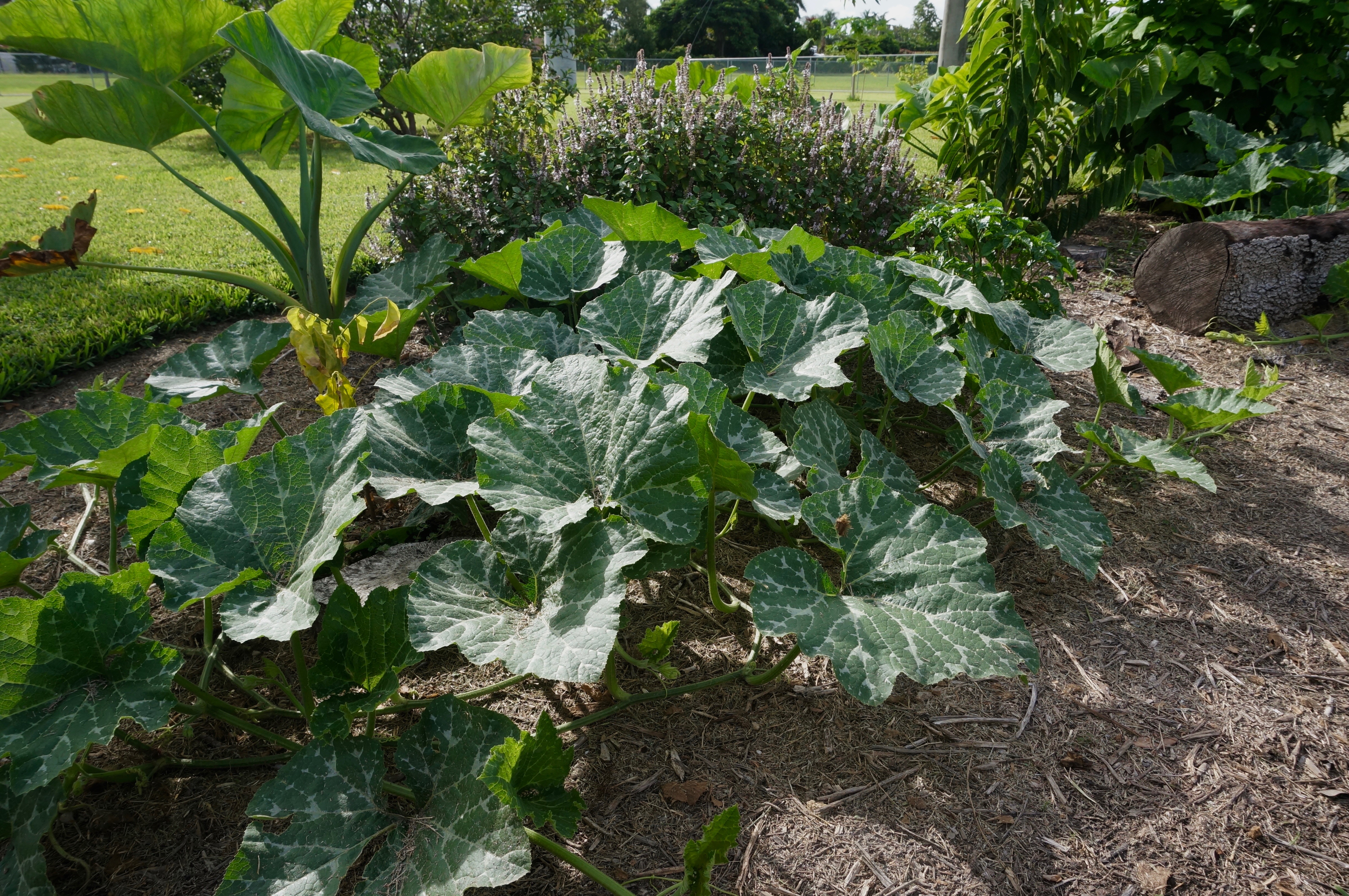
Why Cover your Soil?
Cover your soil with ground covers and mulch to increase the health of your soil and, in turn, the health of your plants. In a natural setting the soil is always covered, one way or another; whether it be a field with grass as a ground cover or a forest floor with brown leaves as mulch. The soil needs to be covered in order for it to be protected from the elements. Exposed soil gets blown away by the wind, compacted by the rain, and baked by the sun. This then causes a decrease in soil biodiversity. There will be less bacteria, fungi, and insects. You might think that a soil devoid of life is a good thing; however, many of the soil organisms are an important factor to the health of your soil. Probably the most notable benefit of covering the soil is the large reduction in weeds. Since the weed seeds that are in the soil do not receive sunlight, then they are less likely to grow. Now, the two main ways to cover the soil are with either a decaying or living cover.
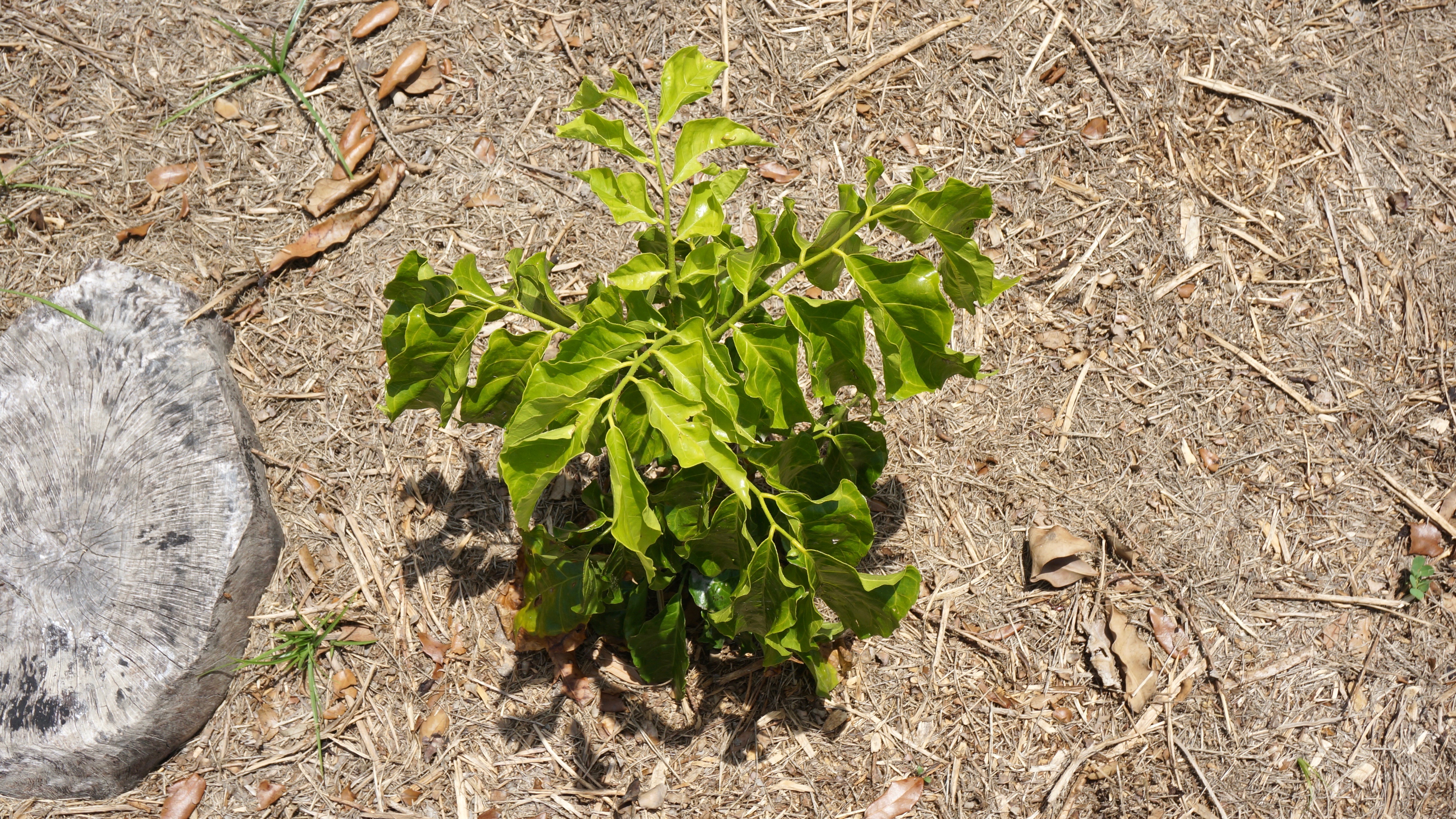
This is my young wampi tree surrounded by wood chips for mulch.
Decaying Cover/Mulch
A decaying soil cover, also known as mulch, is any decaying organic material that covers the soil. Mulch, apart from all the other benefits, also acts as a fertilizer for your plants. This is because once the mulch is fully decomposed the nutrients that were once in it are now in the soil, making them available for your plants to use. Wood chips, which are commonly used as mulch, are made from ground up tree branches and trunks. However, there are many other materials that can also do the job. You can use leaves and grass clippings, both dry and green, to cover the soil of your garden beds or pathways. I like to use pretty much any organic matter as a mulch as long as it won’t root and start growing as a weed. An example of this would be using pruned stem from other plants as mulch. It is best to avoid using green vines as mulch because they will easily root and start taking over your garden bed.
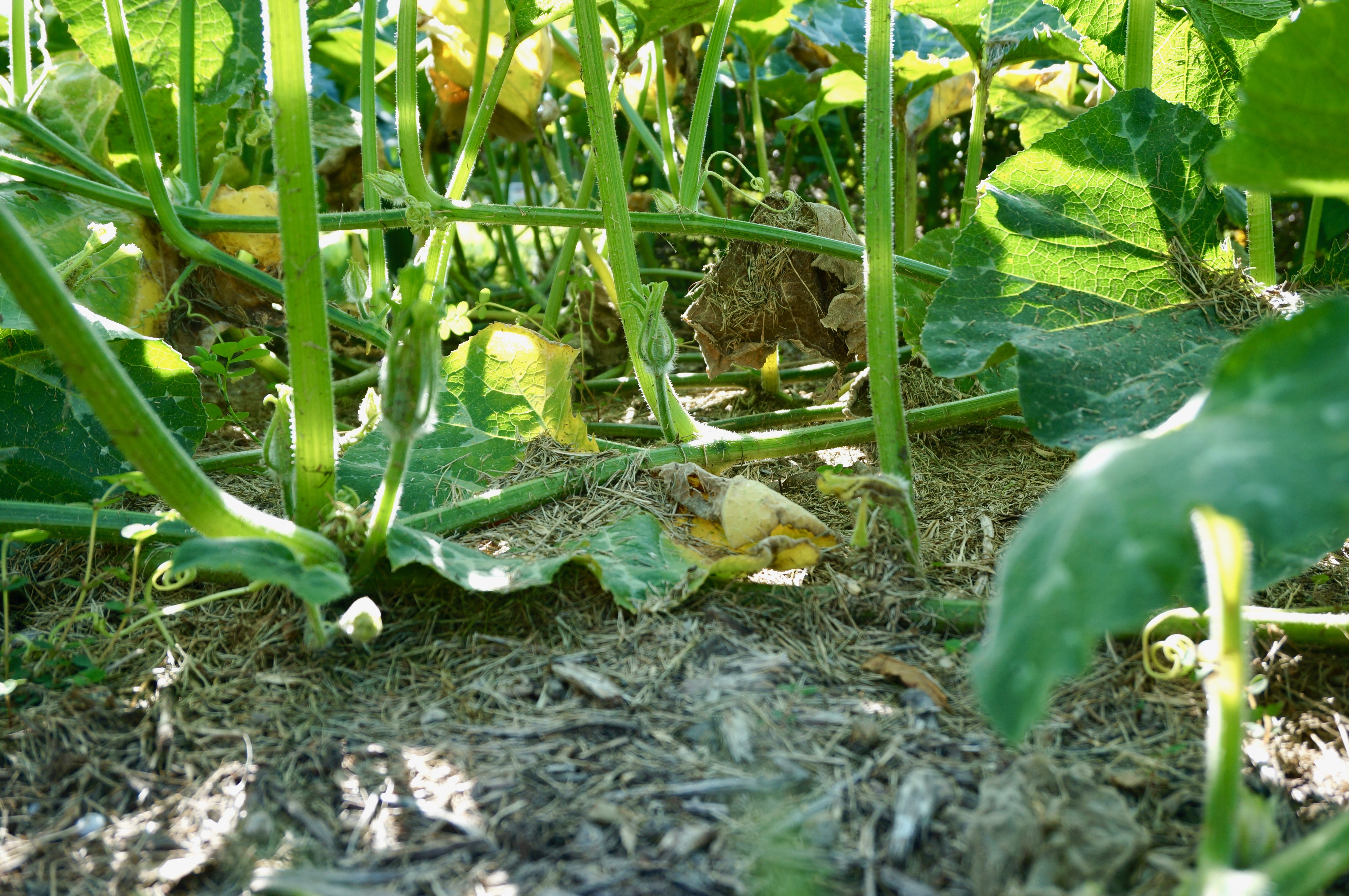
Bugs eye view of some pumpkin vines.
Living Cover/Ground Cover
A living soil cover, also known as ground cover, is any plant that covers the soil. You are probably familiar with grass as it grows everywhere, well that is a ground cover. Most ground covers grow close to the ground and their stems root whenever they touch the soil, like grass. On the other hand, some are single plants with sprawling stems that cover the soil, but do not root as easily, like pumpkins. An important thing to not is that living ground covers can often absorb many nutrients from the soil, since their root systems are very extensive throughout he top soil. Due to this, it is best to plant ground covers that will offer nutrients to your edible plants. You can do this by growing nitrogen-fixing ground covers like perennial peanut and sunshine mimosa.
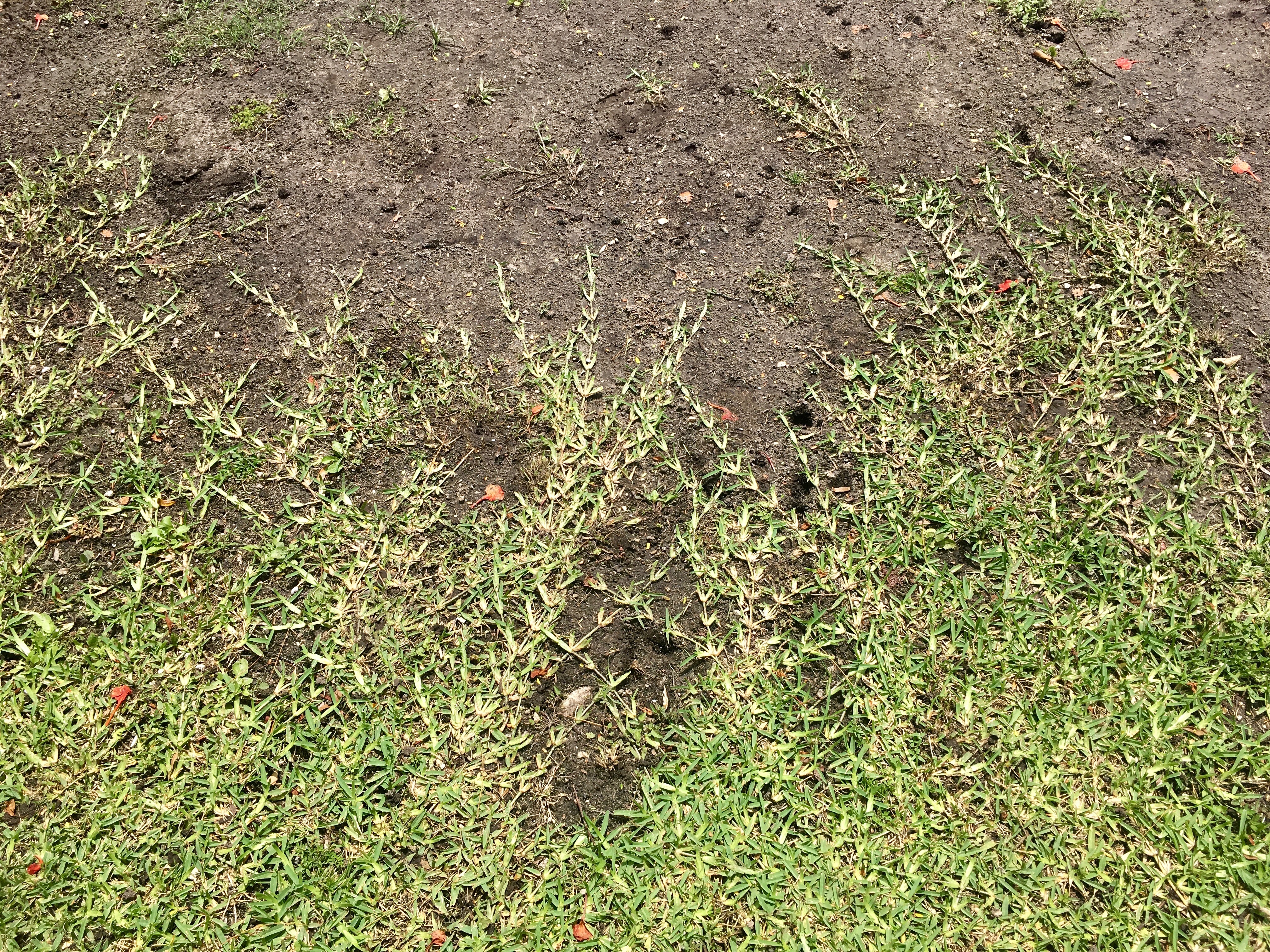
Why not Grass?
Grass can be found growing all over the world because it is very well adapted to being a ground cover. It grows vigorously, choking out any weeds, and withstands heavy foot traffic. Grass, however, might not be the best option when choosing a ground cover for your home garden or food forest. This is because it requires constant maintenance, since it does grow so abundantly. If you don’t maintain your grass then it will start intruding into your garden beds, and quickly begin choking out your edible plants by growing tall. This common ground cover is best left to areas that are easily accessible in order to make maintenance easy, and that you constantly walk on because it won’t be damaged.
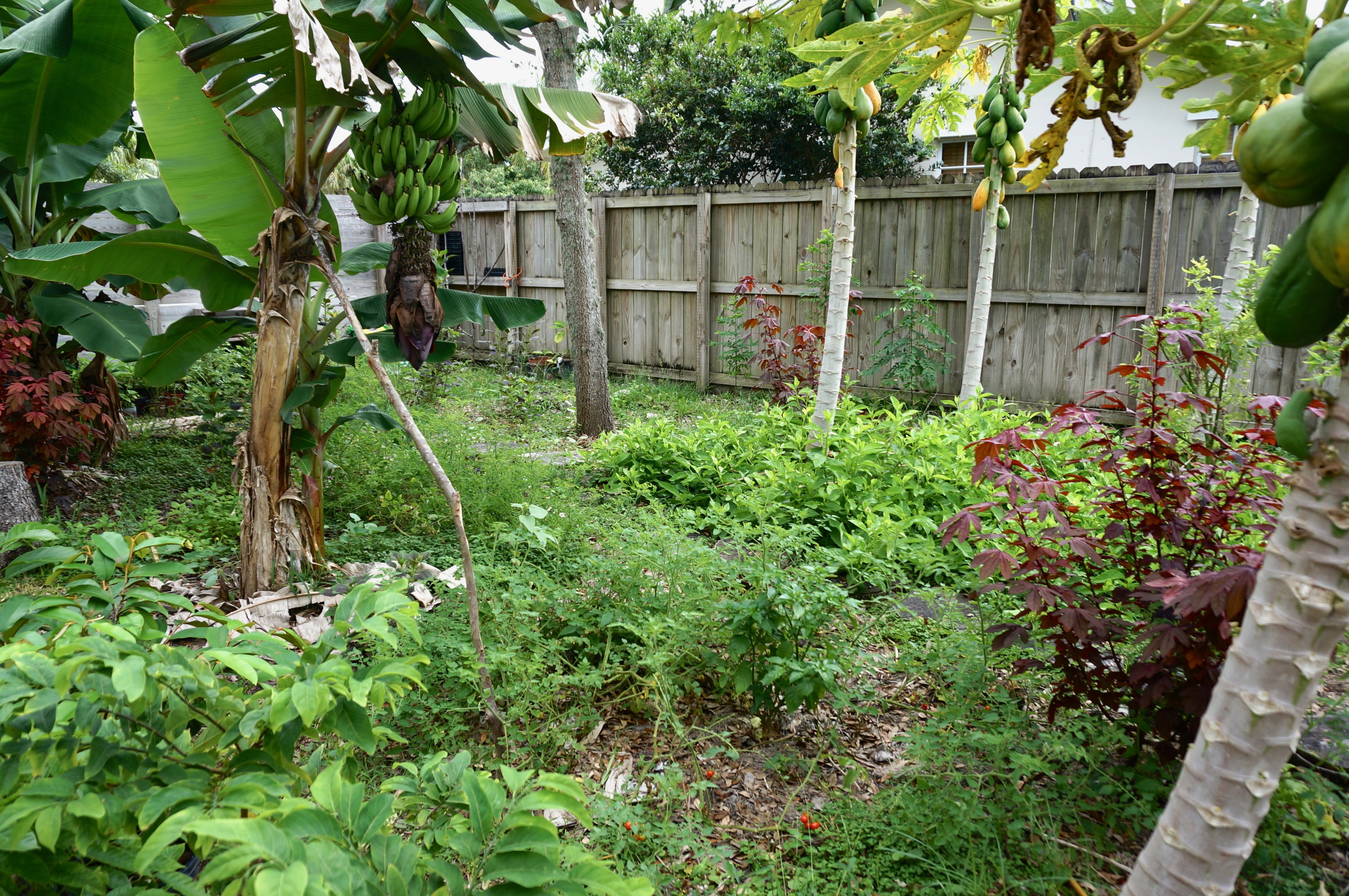
In some areas of my food forest I have mulch with a ground cover and no weeds have grown. In other areas I only have mulch and weeds have taken over.
Why use Both?
Many people choose to use both mulch and ground covers at the same time. Once you plant your desired ground cover in various spots of your garden it will take a few weeks or months before it has fully grown in. During this waiting period the soil will be exposed and you will need to be constantly weeding, so in order to prevent this you can mulch the area. Once the mulch has fully decayed then your ground cover should be well established. The one downside is that once you have a ground cover you can’t be constantly adding mulch to your beds as a fertilizer. This is because your ground cover will quickly die, since it will be covered by mulch.
You will also find that using a ground cover along with mulch keeps the weeds at bay much better than if you were only using mulch. I have had garden beds with only mulch and have found that I am constantly pulling weeds. Nonetheless, it is still less weeds then if you were not using any mulch at all. Overall, for best results, I would recommend using both mulch and a ground cover.

My Favorite Ground Covers
Some of my favorite ground covers are edible plants like pumpkin, sweet potato, longevity spinach, Okinawan spinach, mint, Thai pepper leaf, purslane, and Cuban oregano. You can learn about Cuban Oregano here. The two non-edible ground covers I am familiar with are perennial peanut and sunshine mimosa; both of which are nitrogen fixing plants. There is also my least favorite, which is grass.

Seeds of the sunshine mimosa ground cover.
I think soil covers are essential to a healthy garden that is a bit easier to maintain. I think we should all be covering our soil in one form or another. Have you ever grown a plant specifically as a ground cover? If yes, then which ones did you grow? Also, what is your favorite mulch? Let me know down below in the comments. If you like this post be sure to subscribe over on the right, so you don’t miss out on another one! You can go and check out some of my videos on my YouTube channel here. Thank you for reading!
I reached your site by watching the prolific Youtuber John. I then read your article on the ground cover. Very educational to the general public. Congratulations. Keep up on your good work!
Thank you so much for the kind words and encouragement!
Hey I'm in ft Lauderdale and watch your YouTube channel. I'm starting a mini food forest at my mom's and am looking for a good mulch. I don't have a lot of plant material of my own so I was thinking of mixing grass clippings and maybe buying some eucalyptus or melaleuca mulch from Loews to start of.
What do you think?
And are you saying to include a ground cover as well as the mulch?
Hello, that is awesome that you are starting a food forest! I have gotten my mulch from tree trimming companies. I get it for free using getchipdrop.com . I am really not familiar with store bought mulch so I cannot recommend any specific kind. A good mulch ideally will have a variety of plant parts. It will have wood, barks, leaves, and twigs. I would also recommend staying away from any mulch that has been color dyed. Mulch naturally breaks down and that is a good thing cause it will enrich the soil over time. However, weed pressure will increase as the mulch breaks down. In perennial plantings you can mulch your area and then plant ground covers into the soil. The ground covers will grow over the mulch and establish over time. As the mulch decomposes, weed pressure will be minimal because the ground cover will have spread. I hope this has helped answer your questions. Let me know if you have anymore.